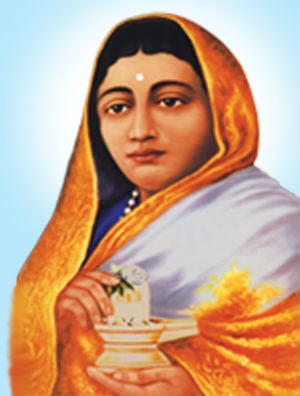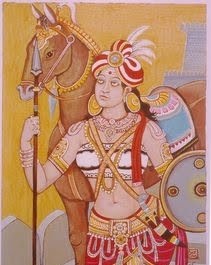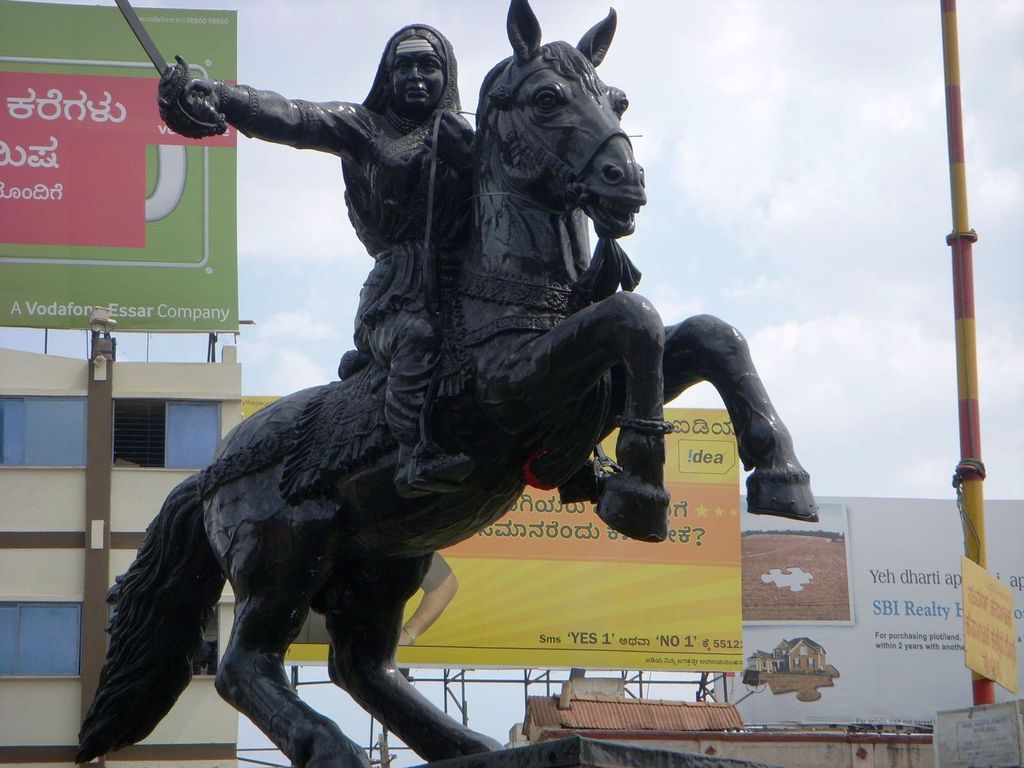Obviously, my favourite character in Game of Thrones is Daenerys Targaryen
(followed in very close succession by Arya Stark.) It got me thinking about
India’s queens, and whether there were real life equivalents to the Mother of
Dragons. Everyone knows the Rani of Jhansi, but there are some other pretty
cool queens whose names aren’t said nearly often enough. Minus fire breathing
reptiles, plus the awesomeness. (A version of this was published on POPxo.com)
 |
| Casually caressing a phallic symbol |
What makes her badass: Being an awesome ruler. She was all for the rights of widows—letting them both inherit their husbands property, and adopt sons. She also built up her city of Maheshwar into a cultural hub, sponsoring poets and seeing to an active textile industry. The Brits sung her praises in written history, and there’s even a poem that goes:
"For thirty years her reign of peace,
The land in blessing did increase;
And she was blessed by every tongue,
By stern and gentle, old and young.
Yea, even the children at their mothers feet
Are taught such homely rhyming to repeat
"In latter days from Brahma came,
To rule our land, a noble Dame,
Kind was her heart, and bright her fame,
And Ahlya was her honoured name."
The land in blessing did increase;
And she was blessed by every tongue,
By stern and gentle, old and young.
Yea, even the children at their mothers feet
Are taught such homely rhyming to repeat
"In latter days from Brahma came,
To rule our land, a noble Dame,
Kind was her heart, and bright her fame,
And Ahlya was her honoured name."
 |
| Strapless bra keeps falling off? FIXED IT. |
Rudrama
Devi (1259 to 1289 AD): One of the few queens to rule as a result of
direct accession to the throne, Rudrama was called Rudradeva after a formal
ceremony designating her as a son. She took over the throne at 14, after her
father died.
What
makes her badass: She loved a particular form of dance, Perini,
part of the Tandava school, so much, that she had all her soldiers learn it as
part of their battle training. While some of her noblemen and cousins resented
her rising to the throne as a woman, she wore male clothing and sat on the
throne anyway. She also won several wars, chasing a Yadav king back into his
own kingdom and forcing him to make peace.
 |
| Hey. HEY. Does this statue make me look fat? |
What makes her badass: After her son died, Chennamma tried to adopt another, but the British rulers weren’t having it, ordering his expulsion and trying to seize her assets. She led an armed rebellion against them, which she won, when she asked for the war to stop. However, they captured her later and tossed her into prison, but that aside, she continues to be a symbol of the Independence movement.
 | ||||
| It is my ambition to one day star in an ACK comiv |
Razia al-din (1205 to 1240): Possibly
the first person in history to use a version of that old line, “Don’t call me
babe.” Razia refused to answer to Sultana, but insisted that everyone call her
Sultan. Again, she ascended the throne after her father died, but Muslim
nobility overthrew her and put her brother on the throne instead.
What makes her badass: So, the brother
got himself assassinated, and there was Razia on the throne herself after all.
She dressed like a man, and was a fantastic politician by all accounts. She was
the first female monarch of the Delhi Sultanate, and played the game very well,
making rebel forces fight with each other instead of with her. Her downfall was
love (let that be a lesson, ladies), and when she appointed her lover to a high
position, nobility revolted again, and she was imprisoned, only let go when she
agreed to marry the leader of the rebels.
 |
| Am I bothered by burning boats? I DON'T THINK SO |
What makes her badass: First of all, the name she went by among her subjects was Abhaya Rani, or fearless queen. She dumped her husband and returned to her kingdom after marriage, which made him join the Portugese against her. When they charged, she hid in a mosque, gathered 200 people and attacked in the night, killing the general, and forcing the troops to evacuate the fort they had taken over. Apparently, she also had two daughters, who she trained in the arts of war, and who fought alongside her.
Love the captions almost as much if not more than the writing.
ReplyDeleteSuper!!!I wish we spoke more about these ladies and their achievements as much as we speak about other historical leaders!
ReplyDeleteThanks for writing about these inspiring ladies of yore. Loved the captions accompanying the photos as well :)
ReplyDelete